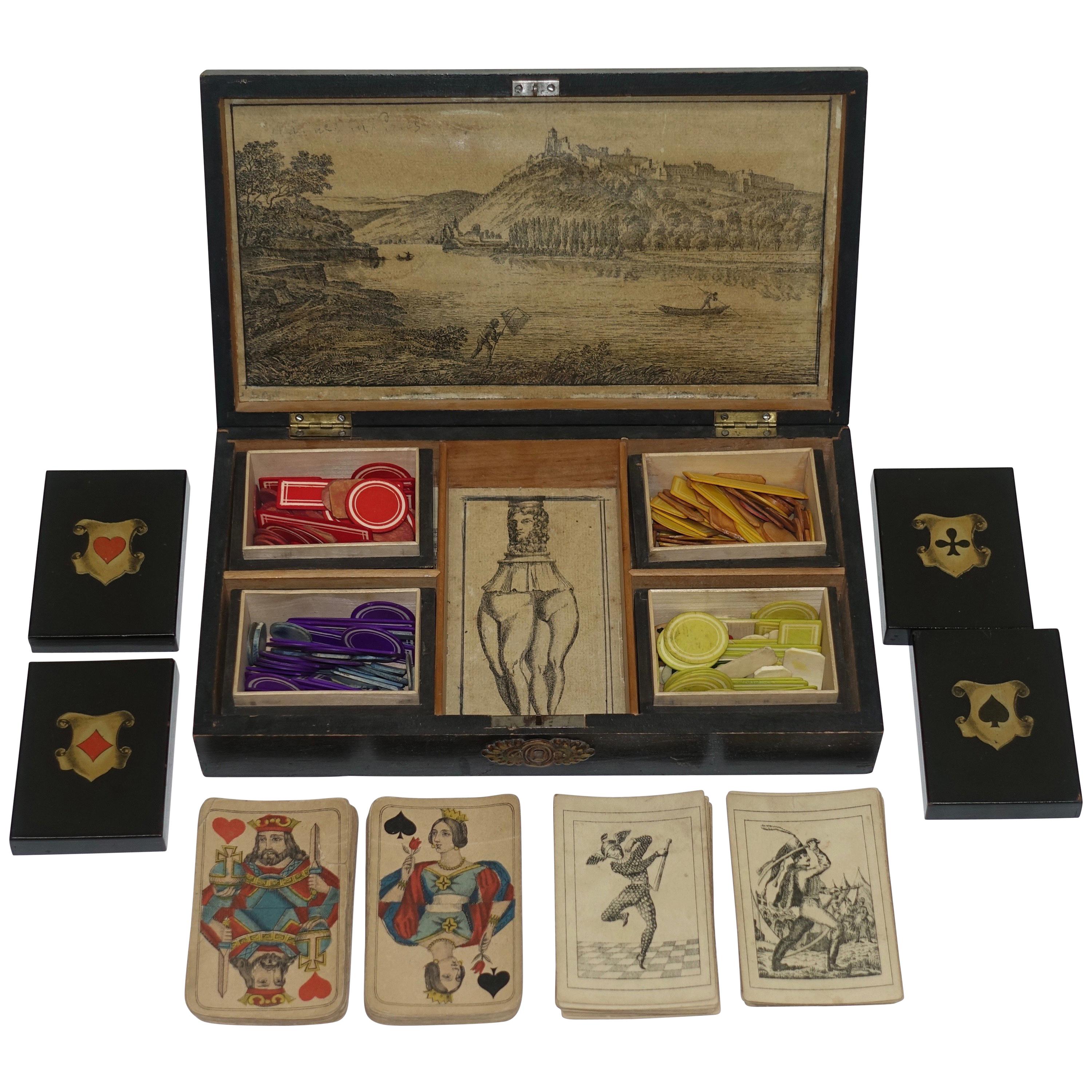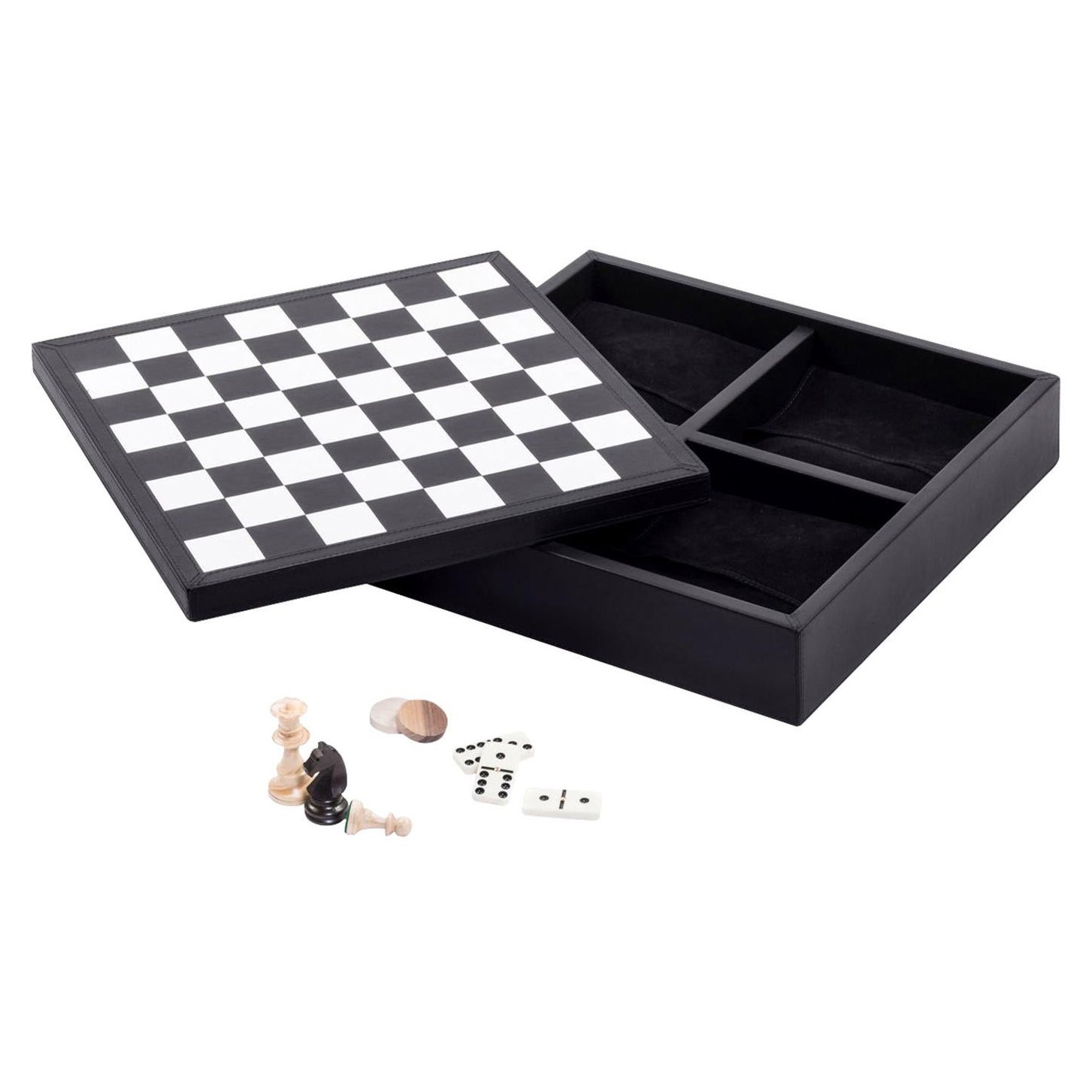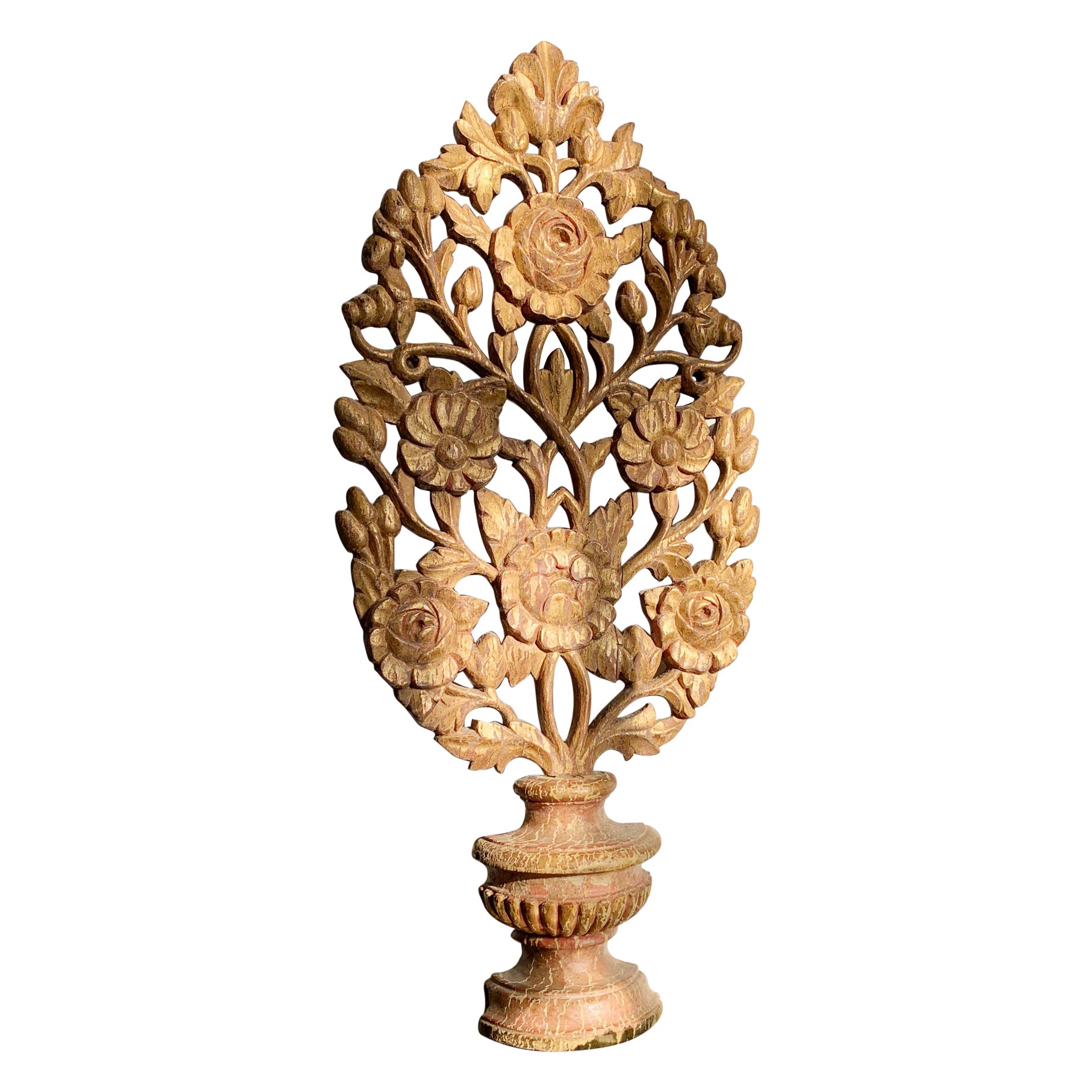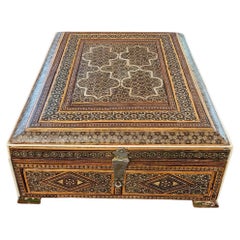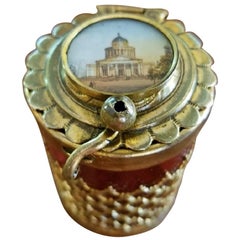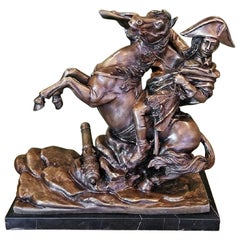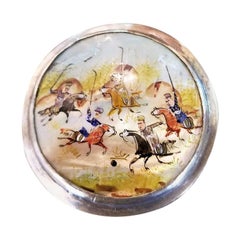
19 Century Indo-Persian Pill Box Featuring a Polo Game
View Similar Items
Want more images or videos?
Request additional images or videos from the seller
1 of 14
19 Century Indo-Persian Pill Box Featuring a Polo Game
About the Item
- Dimensions:Height: 1 in (2.54 cm)Diameter: 2.5 in (6.35 cm)
- Style:Islamic (Of the Period)
- Materials and Techniques:
- Place of Origin:
- Period:
- Date of Manufacture:1820-1840
- Condition:Wear consistent with age and use. Very good original condition.
- Seller Location:Dallas, TX
- Reference Number:1stDibs: LU3978114246921
About the Seller
4.9
Gold Seller
These expertly vetted sellers are highly rated and consistently exceed customer expectations.
Established in 2015
1stDibs seller since 2018
349 sales on 1stDibs
More From This SellerView All
- 18C Indo-Persian Campaign Vanity BoxLocated in Dallas, TXPRESENTING AN EXTREMELY RARE AND HIGHLY IMPORTANT Indo-Persian Campaign Vanity Box from circa 1780-1800. Box inlaid with exquisite mosaic inlay. In the Indo-Persian style of mosaic with Islamic styles. The mosaic consists of green semi precious stone, bone, brass and pewter in star shaped geometric designs. Box opens up to reveal a travel mirror...Category
Antique 18th Century Indian Anglo-Indian Decorative Boxes
MaterialsMulti-gemstone, Brass
- 19th Century Italian Ruby Glass Box with Miniature of BasilicaLocated in Dallas, TXLovely little 19th century ring jar or pill box made of a thick wine colored ruby glass. It has a miniature of a Basilica on top, gilt metal mounts with beautiful filigree on the si...Category
Antique Early 19th Century Vatican Grand Tour Decorative Boxes
MaterialsMetal
- 19th Century Bronze Sculpture of Napoleon Crossing the AlpsLocated in Dallas, TXPRESENTING A LOVELY late 19C Bronze Sculpture of Napoleon Crossing the Alps. 19th Century Bronze of Napoleon on Horseback in Battle, with c...Category
Antique Late 19th Century French Napoleon III Figurative Sculptures
MaterialsBelgian Black Marble, Bronze
- Rare 19th Century English Tunbridgeware Hair Pin or SlideLocated in Dallas, TXPresenting an absolutely gorgeous and extremely unique and rare 19th century British Tunbridgeware hair pin/bobbin or slide. This slide is unlike any of it’s kind we have seen before…. it is a very rare survivor ! From circa 1860–1880. Made of walnut with gorgeous marquetry inlay on the entirety of the front with classic Tunbridgeware micro-mosaic all over the front. The rear is walnut. The marquetry inlay appears to be various different woods, namely, maple, walnut and satinwood. Would have been worn in a Lady’s hair bun with the micro-mosaic facing forward. This would have belonged to a very elegant lady in the mid to late 19th century. Tunbridge ware is a form of decoratively inlaid woodwork, typically in the form of boxes, that is characteristic of Tonbridge and the spa town of Royal Tunbridge Wells in Kent in the 18th and 19th centuries. The decoration typically consists of a mosaic of many very small pieces of different coloured woods that form a pictorial vignette. Shaped rods and slivers of wood were first carefully glued together, then cut into many thin slices of identical pictorial veneer with a fine saw. Elaborately striped and feathered bandings for framing were pre-formed in a similar fashion. There is a collection of Tunbridge ware in the Tunbridge Wells Museum and Art Gallery in Tunbridge Wells. The famous makers of Tunbridge ware were in the Tunbridge Wells area of Kent; their most notable work was from circa 1830-1900. Early makers of Tunbridge ware, in Tunbridge Wells in the mid-18th century, were the Burrows family, and Fenner and Co. In the 19th century, around 1830, James Burrows invented a technique of creating mosaics from wooden tesserae. Henry Hollamby, apprenticed to the Burrows family, set up on his own in 1842 and became an important manufacturer of Tunbridge ware, employing about 40 people. Edmund Nye (1797–1863) and his father took over the Fenner company when William Fenner retired in 1840, after 30 years in partnership with him. Thomas Barton (1819–1903), previously apprenticed at the Wise factory, joined the Nyes in 1836, and worked as Nye’s designer; he took over the business in 1863 and continued there until his death. In Tonbridge (near to Tunbridge Wells), George Wise (1703–1779) is known to have had a business in 1746. It continued with his son Thomas, and Thomas’s nephew George (1779–1869), who took over in 1806. In its early years the company made articles such as workboxes and tea caddies with prints of popular views; later items had pictures created from mosaics. Their workshop in Tonbridge, Wise’s Tunbridge Ware Manufactory, was next to the Big Bridge over the Medway; the building was demolished in 1886 to widen the approach to the bridge. Tunbridge ware became popular with visitors to the spa town of Tunbridge Wells, who bought them as souvenirs and gifts. Articles included cribbage boards, paperweights, writing slopes, snuffboxes and glove boxes. At the Great Exhibition of 1851, Tunbridge ware by Edmund Nye, Robert Russell and Henry Hollamby was shown; Edmund Nye received a commendation from the judges for his work. He exhibited a table depicting a mosaic of a ship at sea; 110,800 tesserae were used in making the picture. The manufacturers of Tunbridge ware were cottage industries, and they were no more than nine in Tunbridge Wells and one in Tonbridge. The number declined in the 1880s; competent craftsmen were hard to find, and public tastes changed. After the death of Thomas Barton in 1903 the only surviving firm was Boyce, Brown and Kemp, which closed in 1927. Marquetry was an old technique which was continued by Nye and Barton to create images such as birds or butterflies. ‘Green Oak’ as caused by the fungus Chlorociboria aeruginascens. Stickware and half-square mosaic was invented by James Burrows in about 1830: a bunch of wooden sticks of different colours, each having triangular or diamond-shaped cross section, were tightly glued together; in the case of stickware, the resulting block was dried, then turned to form an article such as the base of a pincushion. For half-square mosaic, thin slices were taken from the composite block, and applied to a surface.[1][2][4] Tesselated mosaic, was a development by James Burrows of half-square mosaic; it was adopted by George Wise and Edmund Nye. Minute tesserae were used to form a wide variety of geometric and pictorial designs. Many sorts of wood were used for the various colours; about 40 were in regular use. Only natural colors were used; green was provided by “green oak”, produced by the action of fungus on fallen oak. Designs for articles were often taken from designs of Berlin wool work.Category
Antique Late 19th Century English High Victorian Collectible Jewelry
MaterialsSatinwood, Walnut
- 19th Century Large Civil War Era Bronze and Tin PitcherLocated in Dallas, TXPresenting a fabulous historic treasure of times past, namely, a 19th century large Civil War Era bronze and tin pitcher. From circa 1850, this is an American frontier piece. I...Category
Antique Mid-19th Century American American Classical Pitchers
MaterialsBrass, Bronze, Copper, Tin
- Early 19th Century Aquatint Engraving of Grey Momus, John Frederick Herring Snr.By John Frederick Herring Sr.Located in Dallas, TXPresenting a fabulous and very rare, original early-19th century chromolithograph engraving after a painting by John Frederick Herring Snr., engraved by Ch...Category
Antique Early 19th Century English Early Victorian Prints
MaterialsPaper
You May Also Like
- Game Box, 19th CenturyLocated in Saint-Ouen, FRGame box, 19th century. Napoleon III period game box, 19th century in precious wood marquetry. Measures: H: 5 cm, W: 22 cm, D: 13 cm.Category
Antique 19th Century French Napoleon III Decorative Boxes
MaterialsWood
$1,430 - 19th Century Indo-Persian Dhal Separ Steel ShieldLocated in Redding, CT19th Century Indo-Persian Dhal Separ Steel Shield . Intricate decorative design with Brass inlay. Convex steel and iron shield with gold inlay and applied...Category
Antique Early 19th Century Anglo-Indian Arms, Armor and Weapons
MaterialsMetal, Brass, Steel, Iron
$1,165 Sale Price35% Off - Late 19th Century English Game BoxLocated in Casteren, Noord-BrabantLovely antique game box, made of mahogany. The box contains several games, with many bits and pieces. Not all complete. It is obviously that there h...Category
Antique 1890s British Belle Époque Games
MaterialsWood
- Wood and leather game box - Italy, 19th centuryLocated in Bruxelles, BEWood and leather game box for chess, Nine men’s morris and Backgammon Italy, 19th century 33 x 33,3 x 11,2 cm Nine men’s morris also known as mill game (merelles, from the Latin wor...Category
Antique 19th Century Italian Arts and Crafts Games
MaterialsLeather, Wood
- Threefold Game BoxLocated in Paris, FRGame box threefold with solid wood structure covered with high quality italian genuine leather., including 3 sets of games: draughts, domino and chess. Se...Category
21st Century and Contemporary Italian Games
MaterialsLeather, Wood
$2,279 Sale Price / item20% Off - Lacquer and Stenciled Game Box with Cards, European 19th CenturyLocated in San Francisco, CALacquer and stenciled game box, having four fitted boxes inside with gaming pieces and two decks of hand colored playing cards, one deck with 41 cards and the other with 50. Overall ...Category
Antique 19th Century European Games
MaterialsWood





